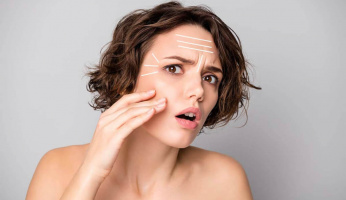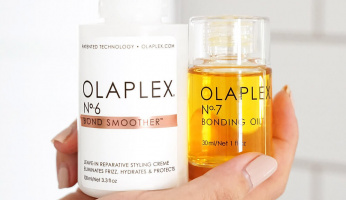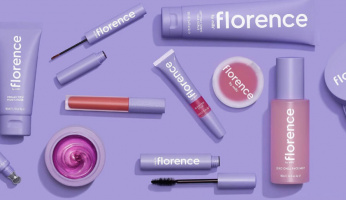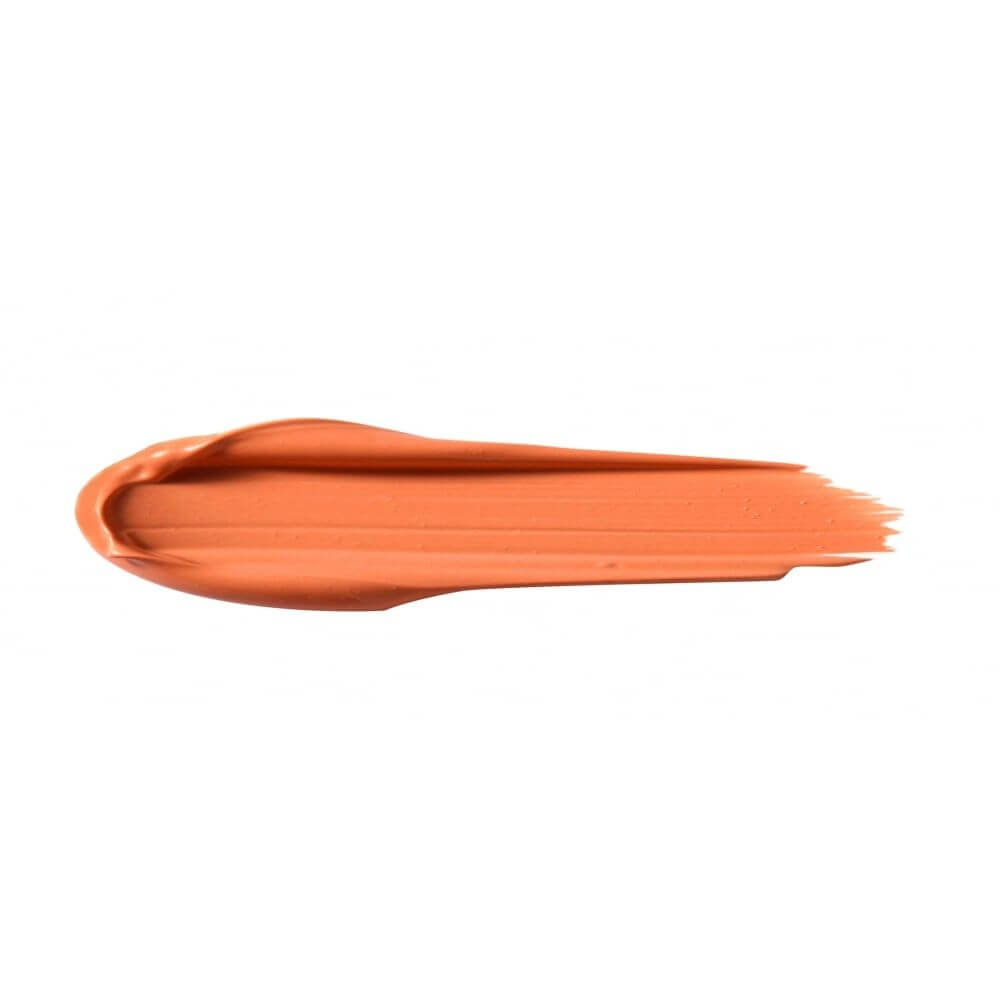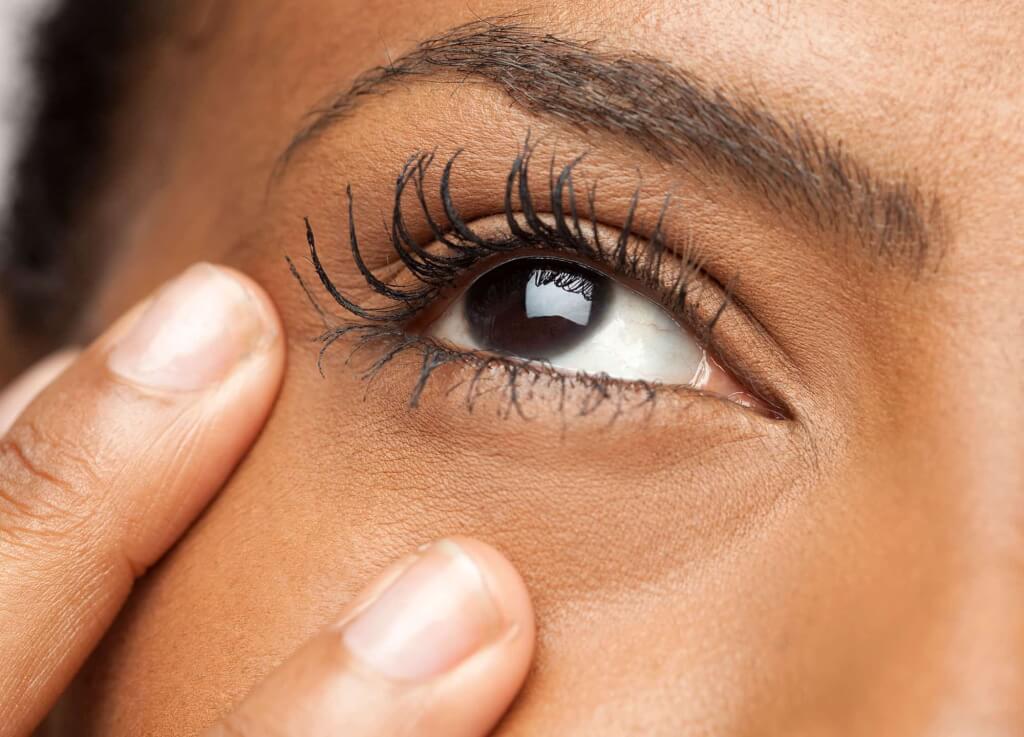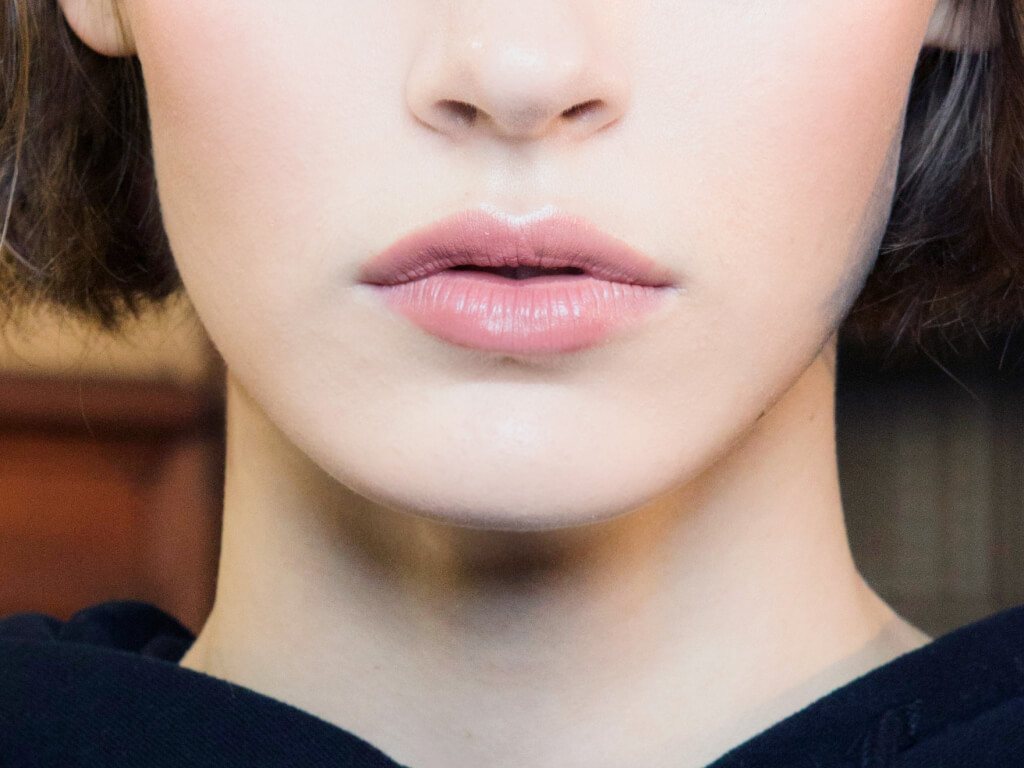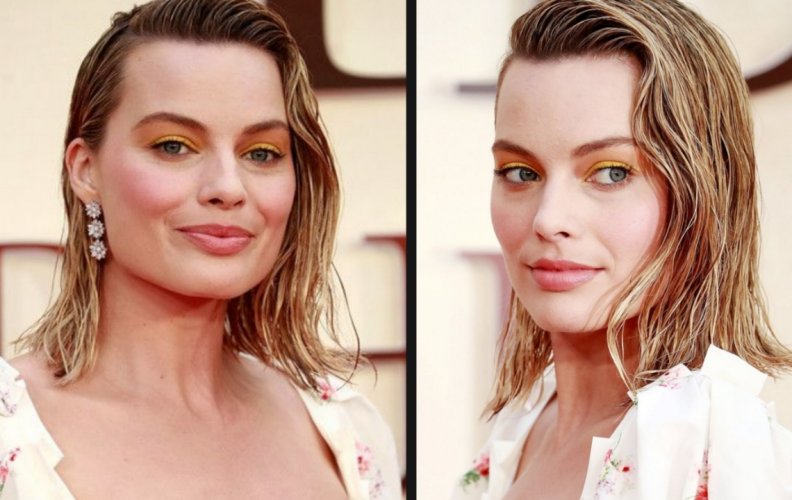5 Hair Training Tips to Make It Work!
For some of us, celebs included, greasy hair is the bane of our existence, a downright nuisance.
Anyone who deals with oily hair regularly will often try to remedy greasy hair. Avid beauty fans and hackers may even direct you to hair training as a plausible solution.
What is Hair Training?
Although not a new idea, hair training has gained popularity over the last couple of decades. Because the ingredients in hair products often increase the number of oils and grease in your hair, hair training involves cutting back on washing and shampoo to reduce the oil in your hair.
However, be sure not to confuse ‘hair-training’ with the relatively recent ‘no-poo’ movement that involves hair care without shampoo and conditioner.
Hair training, otherwise known as ‘scalp training,’ involves actually ‘training’ your hair to only need to be washed once or less per week, or for some people, never. Doing so lets hair trainers cut back on the additives usually found in conventional shampoos that dry out their hair.
When your hair dries out due to less oils, it has to work harder to replace your essential, natural oils. So, by cutting back on hair washing and, therefore, these additives, you give your hair the chance to return to its healthy, natural state.
Does Training Your Hair Actually Work?
It’s hard to give a hard and fast answer. For every dermatologist you ask, you’ll probably find one that says yes, and two that say no.
During the fifties, multiple studies were refuting and proving the effectiveness of hair training to regulate scalps oil production. But with no more modern studies, it’s now easier to get a firm answer.
However, dermatologists like the founder of Entière Dermatology in NYC, Melissa Kanchanapoomi Levin, MD, believes ‘you can train your scalp by adjusting your behavior.’ She believes that ‘resetting yourself with a gentle hair care regimen can help you assess what your scalp is doing.’
In contrast, other experts like Dr. Trefor Evans, a cosmetic chemist, and director of research TRI-Princeton, are not convinced. Dr. Evans sees hair training as a beauty hack with no scientific evidence.
Whether there is sufficient evidence or not, there is no doubt that shampooing your hair less is not particularly harmful.
So, if you’d like to try to reduce the greasy build-up in your hair, there’s no harm in giving hair training a go yourself.
Does Washing Hair Less Make it Healthier?
When you over-shampoo your hair, you end up with an overproduction of oil which your scalp needs to keep its moisture.
Because you have stripped the natural oils and the scalp needs to work harder, you build up products and natural sebum (oil) on the scalp, which the hair strands absorb. This, of course, leads to oily scalp and hair.
If you suffer from an itchy scalp or flaky bits, you’ve likely got a build-up of products or an over-production of oil.
Unfortunately, washing your hair too often means that you don’t end up with healthier hair, mainly because your scalp works overtime to create the essential sebum already washed away.
How Do I Begin to Train My Hair?
For those that shampoo every day, suddenly washing your hair once a week is going to be quite a shock.
To avoid the embarrassment of overly greasy hair while you get started, take your hair training one day at a time. For example, you can start by washing every other day for a few weeks to begin your hair training.
Then, eventually work your way to only washing every third, fourth and fifth day.
5 Tips on Hair Training
There’s no one-size-fits-all approach to hair training, so you may have to find what works best for you.
Follow the below tips to get the most out of your hair training;
1. Experiment with how often you wash your hair
How often your hair needs washing relies on your hair type, the amount of oil (sebum) your scalp naturally makes, and genetics. So, you’ll need to work out how often you can wash your hair without an overproduction of natural oils.
For example, daily shampooing isn’t the best option for those with curly hair.
2. Always consider your hair type
Hair training can work for most types and textures of hair, especially when implementing and maintaining a thorough and consistent routine.
People with straight or fine hair may already find themselves washing their hair daily. In contrast, those with coily or naturally curly hair textures probably don’t already wash their hair daily.
So, sebum finds it harder to travel from the scalp down to curly hair textures for curl training or wavy hair training. A face that means these people can instantly go a few days without washing their hair.
3. Choose the right kind of shampoo
Getting the most of your hair training most definitely relies on the type of shampoo and styling products you use. Choosing a shampoo with a harsh, scalp drying detergent usually leads to an overactive scalp that overproduces sebum.
Opting for a milder or gentle shampoo helps protect your scalp while retaining the moisture your hair needs to stop the overproduction of excess oils.
4. Dry Shampoo
If you’ve never tried dry shampoo, go out and buy yourself a bottle right now. This is a genius product to get you through those no-washing days.
The best way to use dry shampoo is to use it before your hair becomes greasy or oily. Doing so stops the oil from spreading through your hair before it even begins.
5. Daily Brushing
When people try to make their hair less greasy, they often avoid brushing their hair, believing they shouldn’t spread the oils. However, brushing is essential to exfoliate your scalp and to distribute the essential oils right to the ends of your hair.
If you don’t work these nourishing oils throughout the hair, right to the ends, your hair will have to work harder to become soft and luscious. But, by brushing to the ends regularly, you’ll unlock a shine you’ve not seen before.
How Long Does it Take to Train Your Hair?
Like I said before, everyone is different; everyone has a different scalp and a different head of hair. So, how long it takes to train your hair relies on several factors.
Generally, you may be able to see success in your hair training after only two or three months. After this time, your hair should adjust nicely to your hair training routine.





